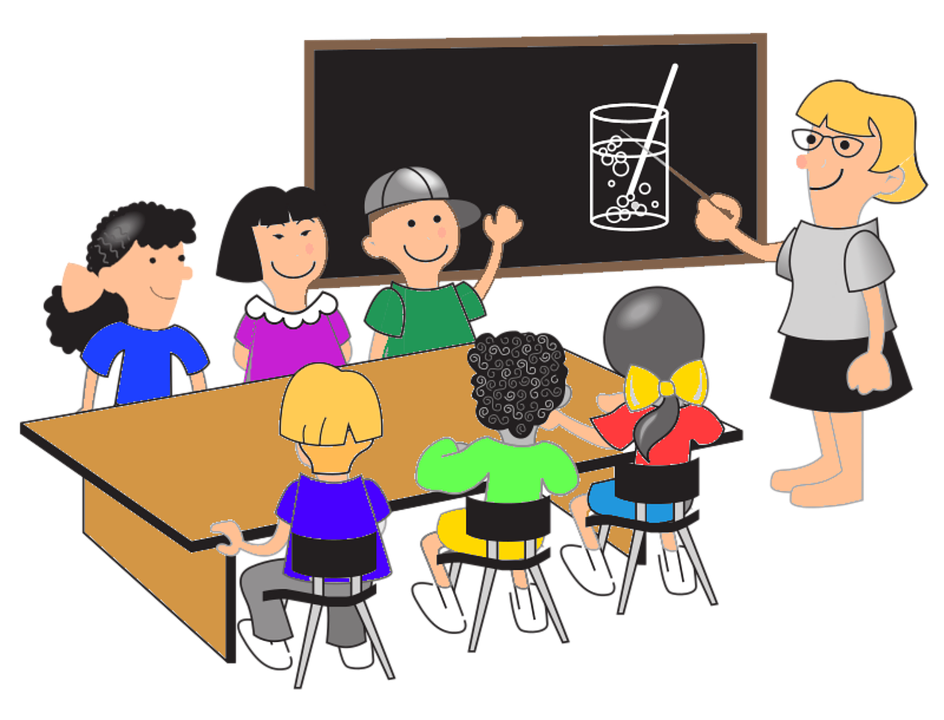Hurricanes are stressful! Preparing for hurricanes is stressful! That’s what I did this past week and it got me to thinking about my amygdala and how it affects my actions and reactions in stressful situations.
So, what is the amygdala?
The amygdala is the emotional center of our brains. It’s a small almond shaped organ deep in our brain. It’s the first part of your brain to react to emotionally significant events. It can cause you to overreact. It assists in memory formation of emotional events. In short, it is emotion central for us human beings. It’s that fight or flight response that kicks in in high stress situations. It can cause us to react swiftly and strongly without much thought. My amygdala was on high alert for almost a week as I learned a very large, Category 5 hurricane (Irma) was headed for Florida and that practically everyone in the state was going to experience its effects.
How does the amygdala affect me?
When you are in a situation that is highly intense and emotional, rational thoughts can be hard to come by. Pressure builds up, we struggle to control our emotions. My amygdala tells me I am under threat! Primitive instincts kick in. Our reactions and decisions are based on our emotions rather than using the more rational thinking part of our brains. I can overreact to something that isn’t life threatening if I allow my amygdala to take over.
We spent days leading up to Irma hearing about the devastation that was potentially coming our way. The news media assaulted us continuously with dire predictions of destruction and the imminent danger to our lives if we did not prepare or leave the area. The media used dramatic, strong words to describe the impending peril to spur people to action. In reality, they were stimulating our amygdalas to react.
Some people in our neighborhood experienced a similar scenario before and Irma triggered an even more automatic response of evasive action. They took immediate action to prepare their house and pack up to leave the area until the threat had passed. Our memories are good at reminding us of similar threats and spurring us to action. For me, with no experience, I had to decide how real the threat was and whether or not a knee jerk response was necessary. I decided that I had time to consider all the options and develop a plan to stay safe. Partly this was true because I knew about my amygdala and how it could affect my decisions.
How can we calm our amygdala?
I knew that the amygdala could cause me to think that the hurricane was a problem with unknown implications. Not knowing the implications can cause me to react urgently and quickly with perhaps not the best results. Learning and practicing techniques for calming down my amygdala has benefited me before. Therefore put some of them into action for this situation. I also knew that following my gut or intuition usually provides me with good results. I knew staying calm and developing a plan, I could calm my emotions and make sure my decisions came from the higher level thinking part of my brain and not my fight or flight response.
Here are some good techniques that I use in stressful situations that may be helpful to you too.
The outcomes of amygdala regulation
It isn’t always easy to manage your amygdala as an emotionally driven human being. We fail at times. Acceptance and learning from those times can be a huge benefit to our emotional and physical well-being. Each time I can calm my amygdala and work my way through a tension filled situation, it gives me confidence for the future. Being aware of the physical symptoms accompanying emotions can instantly disconnect the messages that are sent from the amygdala. Allowing calming to take place. It takes a bit of practice but common sense can win out when you don’t react from emotion.
We took precautions to stay in our home during Irma. We prepared the best that we could by listening to all the experts, spent time focusing on the blessings that we have and staying calm, and had a solid plan to evacuate if needed. How grateful I am for understanding my amygdala and how it works! If you are interested in finding out more about your amygdala, I would recommend this website: http://www.effective-mind-control.com/amygdala.html
Let me help you learn techniques for amygdala regulation, using evidence-based programs click here.




















